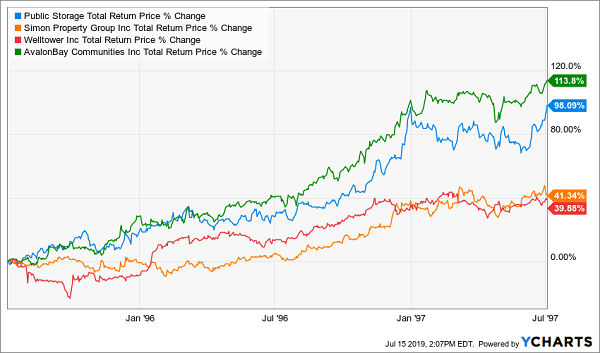If you ever want to retire (or stay retired!), you’ve got a big problem. Bonds don’t pay much now, and they’re likely to pay less and less in the months and years ahead.
I probably don’t have to tell you that the yield on the 10-year Treasury note has crashed to 1.6%. In other words, a $500K investment would get you a pathetic $4,000 in interest income every six months (as Treasuries only pay semiannually, unlike the three strong monthly dividend payers I’ll show you shortly).
Then there’s the specter of negative interest rates, something folks in many countries already know: today, $15 trillion of government bonds around the world are sloshing around with yields below zero.… Read more



Recent Comments